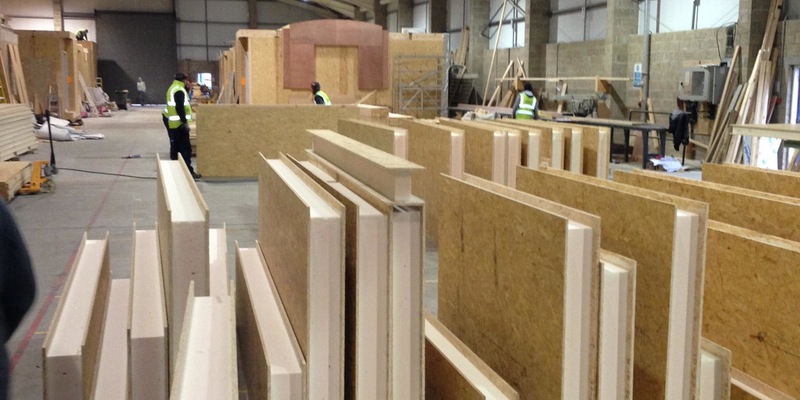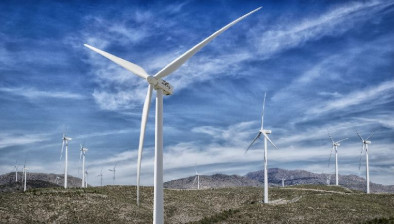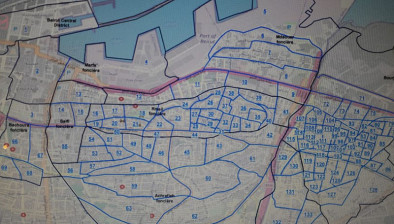Energy crisis set to prolong high construction price inflation into 2022
A second wave of inflation fuelled by rising energy costs is causing further price uncertainty for construction materials and will lead to high price inflation continuing into 2022, construction consultant Arcadis has predicted.

Arcadis has issued an updated tender price forecast for 2021, with inflationary pressures on buildings expected to peak at between 4% - 6% in London (4% - 5% regionally), and with increases of 5% - 6% in infrastructure. As inflationary pressures escalate, this latest upgrade reflects the extent to which the spotlight has moved from raw materials as the main cost inflation driver, to energy costs.
The analysis comes courtesy of Arcadis’ latest Autumn 2021 Market View, entitled ‘Lift Off’. The quarterly analysis of the UK construction market looks across sectors and regions to deliver a tender price forecast to inform clients about what is going on in UK construction, helping financial decision making for projects and programmes.
It found that the inflationary pressures that began to accelerate at the end of Q2 show no signs of fading, and there has been a rapid lift-off in costs during the second half of 2021. This is forecast to continue into next year. Overall, it said, the outlook for construction remains positive and business confidence is strong. Output reached £46.2 billion in Q3, which is in line with long-term trends dating back to 2016, while new orders for the first three quarters of 2021 were also well ahead of pre-COVID levels.
However, Arcadis warns that increasing energy costs are bringing a second wave of inflation across a much wider range of construction materials. Due to the high energy intensity involved in their manufacture, products such as bricks, glass, cement and concrete are particularly exposed. This is expected to have a much wider impact on prices than the raw materials boom, which mostly affected metals and timber.
It is uncertain how the situation will unfold, not only across different sub-sectors but also regionally. Whilst certain sectors including private residential or industrial warehousing will continue to boom, other more price sensitive markets, like affordable housing, could see a slowdown in the market.
As a result, Arcadis has upgraded its overall 2021 forecast, driven by a combination of ongoing inflationary factors around construction materials and logistics, together with the emergence of new pressures around energy costs. It said infrastructure is particularly exposed to the cost of materials, and so the forecast has been upgraded from 4% to 5-6% for 2021. But demand remains strong with multiple frameworks entering the procurement phase.
In 2022, the forecast upgrade is less pronounced, but inflation is still expected to be between 3-5%. From 2023 onwards, the rate of growth in many sectors is expected to ease, with inflation falling back to 3% in London and regionally, and 5% for infrastructure.
Agnieszka Krzyzaniak, market intelligence lead at Arcadis, said: “Continuing high output proves that the strength of the construction industry shows no signs of abating, and the recovery continues. Strong new orders data indicates that the demand is still there and, as such, prices are not likely to decrease anytime soon. Although we can expect the upward pressure on costs to start easing in 2022, elevated inflation rates will still remain a defining feature of the market. The difference is that it will be mainly driven by rising energy costs and, with the energy used in manufacturing materials translating into around a quarter of total construction costs, the sector is particularly vulnerable to any prolonged price increases.
“As well as construction materials, another area exposed to energy price fluctuations - albeit to a lesser degree - are on-site operations. From next April, they will be impacted by the removal of the red diesel rebate. However, there are a number of short-term measure that clients can take now to reduce their exposure to risk. For example, cutting the idle and stand-by time of equipment will save on fuel, and has the added benefit of reducing carbon emission. In the longer term, switching to electric equipment, planning for the adoption of hydrogen and educating plant operatives in managing emissions will not only result in energy cost savings, but pave the way for more positive societal impacts too.”





















